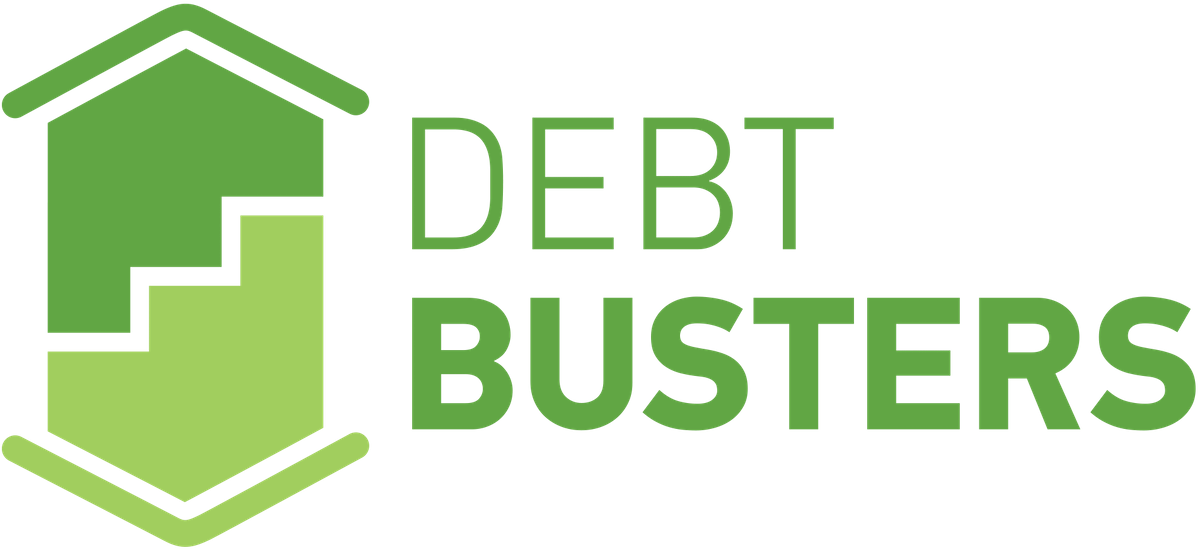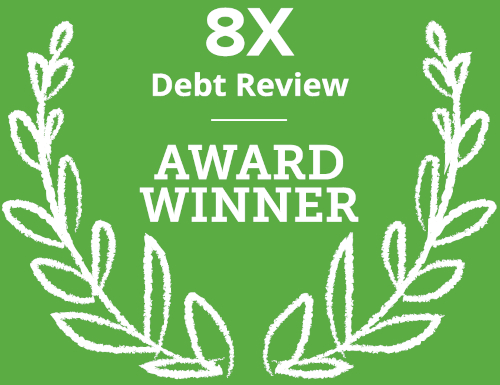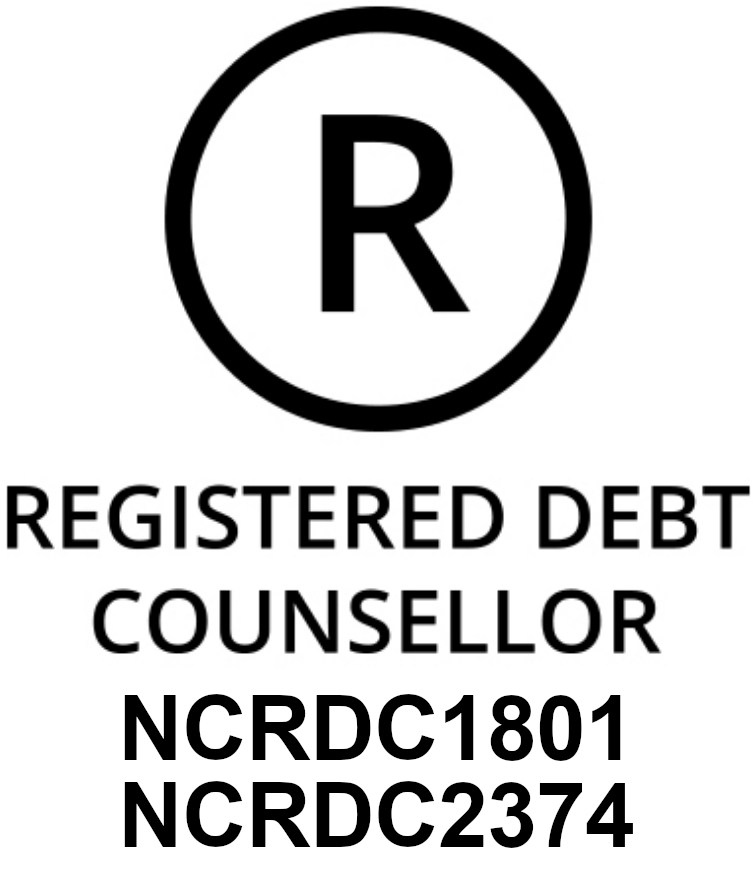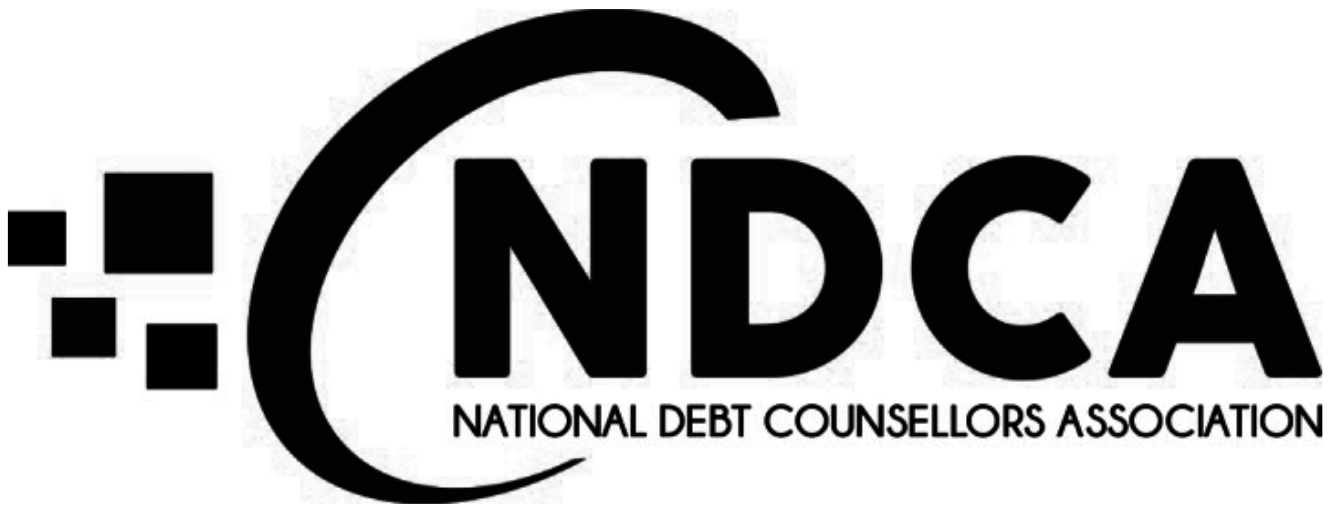Debt is all the same, in the sense that we borrow money now and pay it off later. What sets good debt apart from bad debt are the positive or negative consequences that arise from the particular type of debt that is taken out.
It is important to have a good understanding of what type of debt is going to benefit you and stand you in good financial stead, provided that you can realistically afford to pay it off. You should also understand the type of debt that should be avoided.
What is considered good debt?
Good debt is debt that is going to have a positive impact on your financial status by increasing your net worth and/or adding value to your financial situation in the future.
Some examples of good debt are as follows:
-
Taking out a bond or a home loan: borrowing money to finance a home will allow you to pay for your home over an extended period of time. If you make a wise property purchasing decision, and all goes according to plan, your home should increase in value over time. Investing in property that you can realistically afford to pay off will increase your net worth and add value to your financial situation.
-
Investing in an education: taking out a student loan is considered a wise option as you will be investing in increased skills and knowledge and provide you with future earning power. The loan can be considered an investment in yourself that will benefit you in the long run.
Need debt counselling or consolidation?
Explore DebtBusters' solutions for reducing your interest rates and unlocking cash.
Find out more
What is considered bad debt?
Bad debt is debt that does not increase your net worth or wealth and is used to buy non-essential goods or services that do not increase in value. This type of debt is dangerous. It is easy to get yourself into unmanageable debt by giving in to the temptation of buying luxuries that you don’t really need.
Bad debt can also be any type of debt with a very high interest rate and fees.
Some examples of bad debt are as follows:
-
Payday loans: these loans often have very high interest rates attached to them. This means you will end up paying back a lot more than you borrowed. It is also very easy to get stuck in the cycle of taking out more loans to keep up with the previous ones.
-
Retail store credit cards: store credit cards can be considered bad debt if they are not used responsibly. Store cards make it easy to indulge in non-essential luxuries and can create a snowball effect.
If you are considering taking out any type of debt, first complete a financial assessment to ensure that you can afford the repayments. It is also important to make sure that you do not miss monthly payments and that you are responsible and practice self-control with credit and retail store cards.





